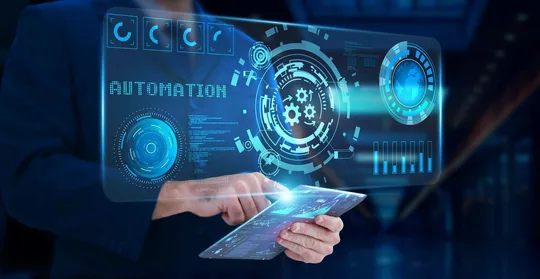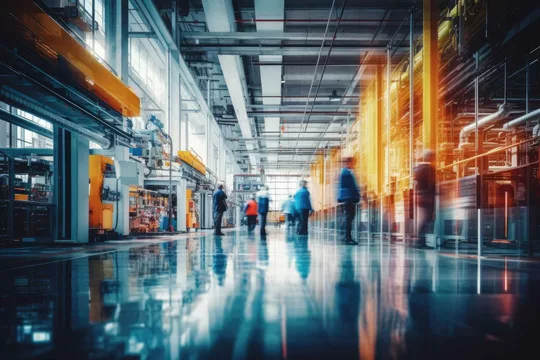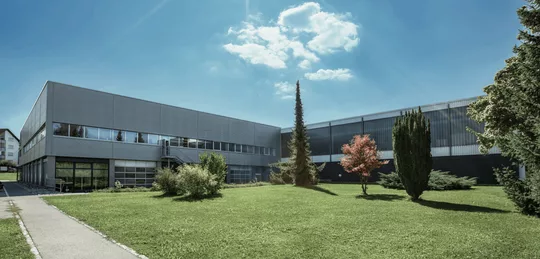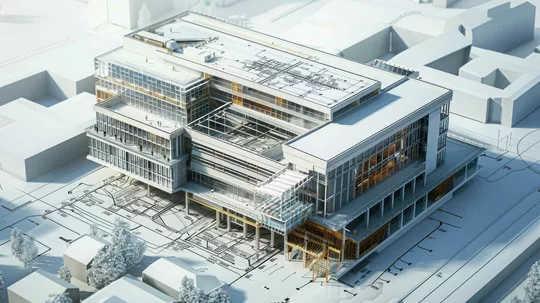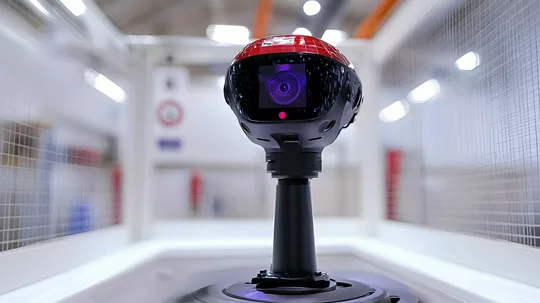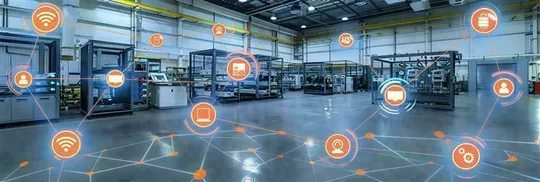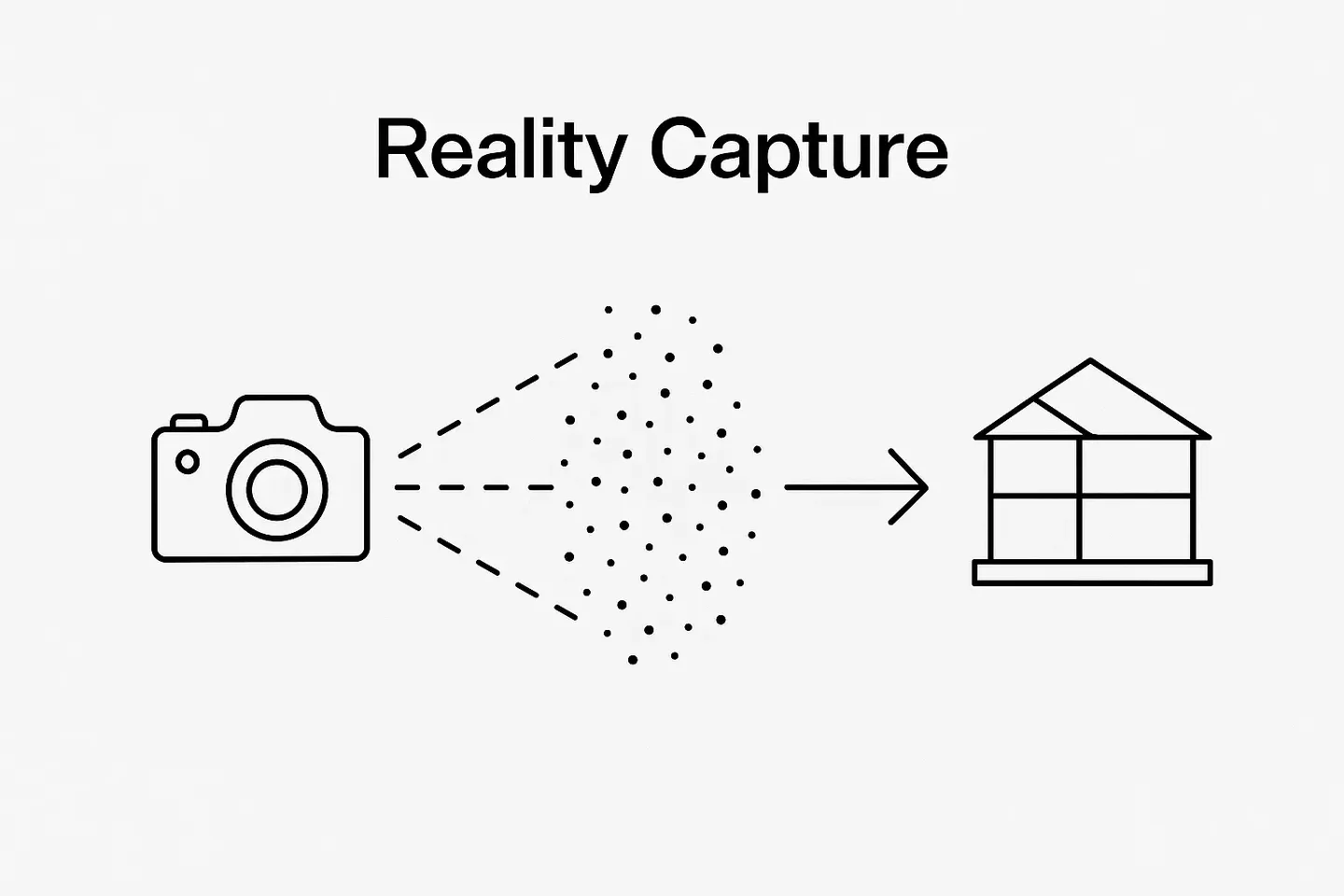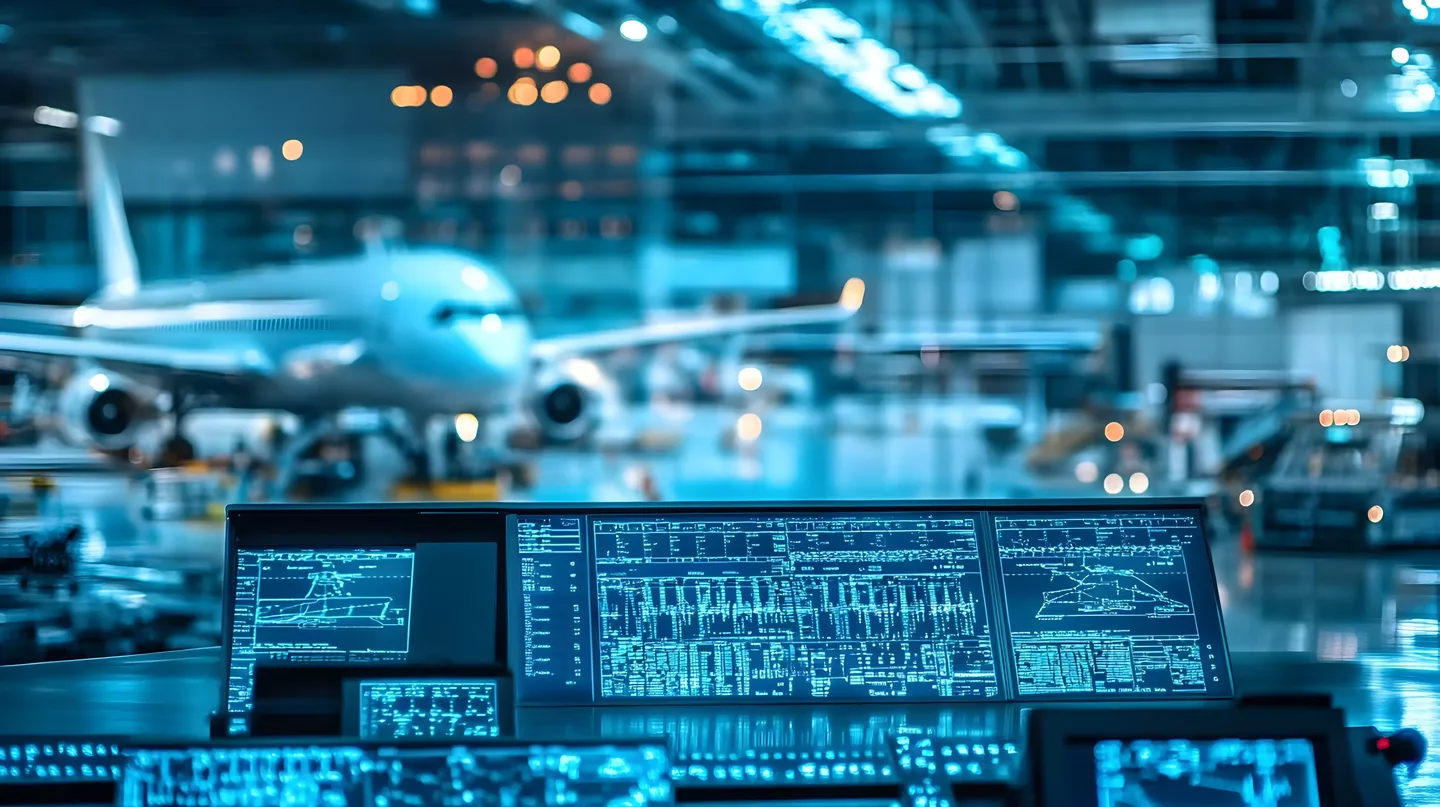Visualize, Realize, Optimize – what Value Digital Twins really bring for the Building Industry
Digital twins are already an established technology in many industries. They are now becoming increasingly important in the building industry. But what added value do they really bring to building management? Or are they just a new buzz?
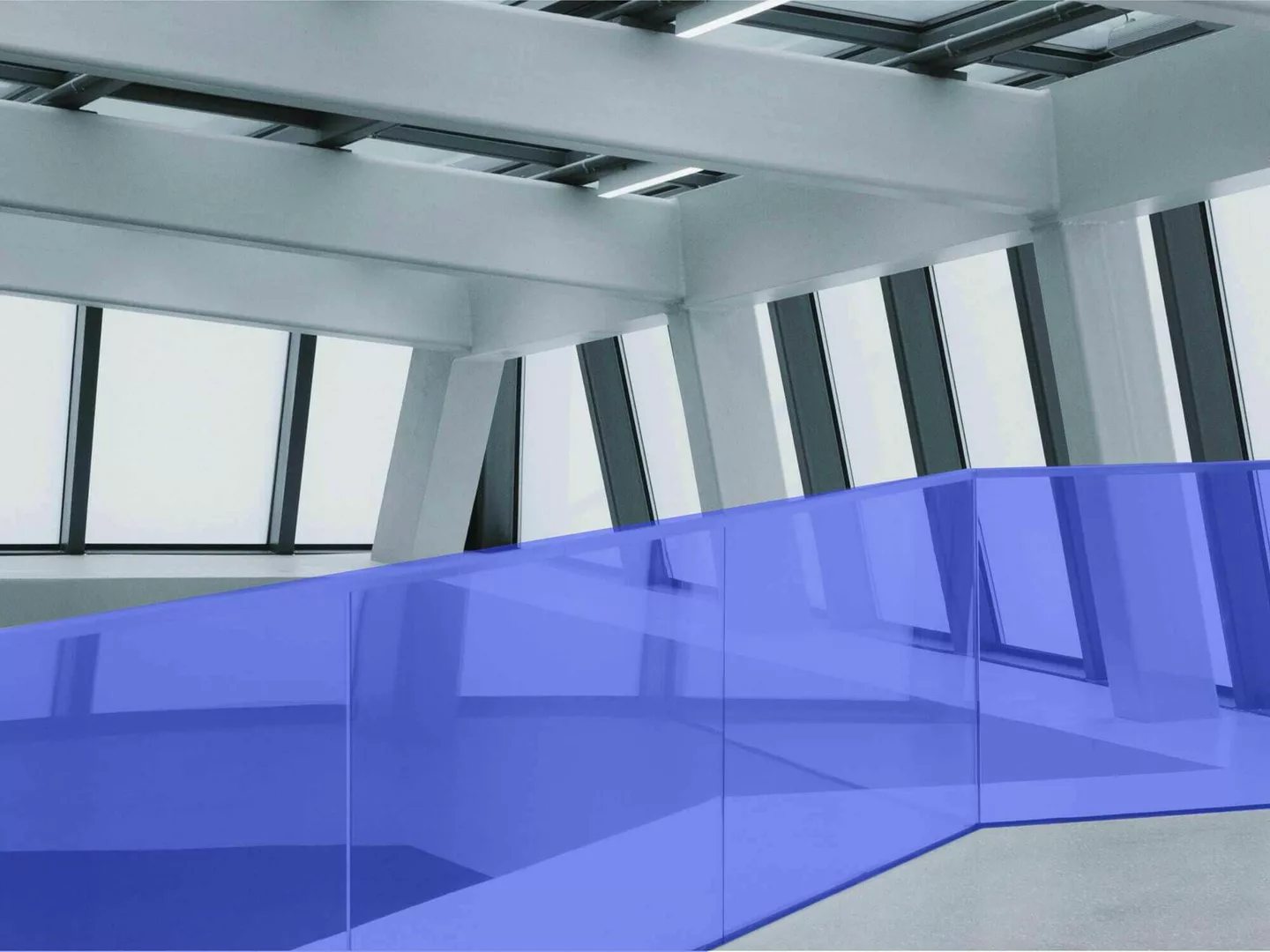
At a Glance – The Business Value of Digital Twins
- Create real-time digital replicas of buildings
- Reduce costs through predictive maintenance & energy optimization
- Improve ESG reporting and sustainability performance
- Connect siloed systems into a unified, intelligent platform
- Enable smarter decision-making across the building lifecycle
- Support remote monitoring, simulations & scenario planning
- dTwin by Nemetschek empowers facility managers, owners & developers
What Is a Digital Twin for Buildings?
A digital twin is a virtual replica of a physical asset, created through technologies like BIM, laser scanning, and IoT sensors. Connected in real-time, this digital replica evolves alongside the physical building, enabling a new level of transparency, control, and optimization.
There are several stages in the maturity of a digital twin:
- Static Twin: Simple visualization, no data connection
- Detailed Twin: Enriched with metadata and system info
- As-Built Twin: Mirrors the actual construction status
- Sensored Twin: Incorporates real-time monitoring via IoT
- Responsive Twin: Initiates actions based on incoming data
- Adaptive Twin: Simulates scenarios and outcomes
- Intelligent Twin: Uses AI to simulate, predict, and decide autonomously
While early stages are common in BIM workflows, the real business value of digital twins emerges from responsive, adaptive, and intelligent models – these drive measurable improvements in operational efficiency, sustainability, and cost control.
Why Digital Twins Matter Now: Industry Challenges
The building industry is facing intense pressure:
- 46% of real estate firms are cutting costs
- 59% lack the data and processes to meet sustainability regulations
- 61% still operate on legacy infrastructure
Digital twins address these challenges by enabling smarter resource optimization, better compliance reporting, and more agile decision-making. This is where their true business impact lies.
Who Benefits from Digital Twin Technologies?
Digital twins create measurable value for various roles and industries:
- Facility managers seeking improved control and reduced operating costs
- Real estate developers and owners aiming for sustainability compliance and investment security
- Architects and planners looking to optimize space and workflow through simulation
- Building operators managing large, complex portfolios with legacy systems
- ESG and compliance officers needing accurate, real-time reporting data
Digital Twins Help Visualize Buildings and Data
Unlike basic 3D models, digital twin platforms like dTwin by Nemetschek connect diverse data sources — from point clouds and BIM to 360° imagery and sensor data — into one unified system.
This holistic representation enables:
- Interactive navigation of the building lifecycle
- Heatmaps based on real-time data
- Early detection of energy inefficiencies
This clarity reduces downtime, improves decision speed, and enables smarter investments across the building portfolio.
Digital Twins Turn Data Into Actionable Insights
Most building operators already collect data — but much of it is siloed. A digital twin leverages and contextualizes this data to generate business-relevant insights.
Use cases include:
- Cross-platform data analytics
- Automated compliance reports (e.g., ESG)
- Supply chain mapping and analysis
- IoT device integration across HVAC, lighting, and security
With all systems connected, digital twins eliminate data gaps and support optimization of systems throughout the building’s lifecycle.
Why Not Just Use BIM or Building Management Systems (BMS)?
While BIM and BMS solutions are useful, they have limitations:
- BIM provides static models useful in planning and construction
- BMS allows system-level control (e.g., HVAC, lighting), but lacks integration across the building lifecycle
Digital twins unify these systems — and add real-time monitoring, simulation, analytics, and predictive capability. This unlocks real business value by connecting planning, operations, and optimization in a single platform.
Digital Twins Enable Optimization & Prediction
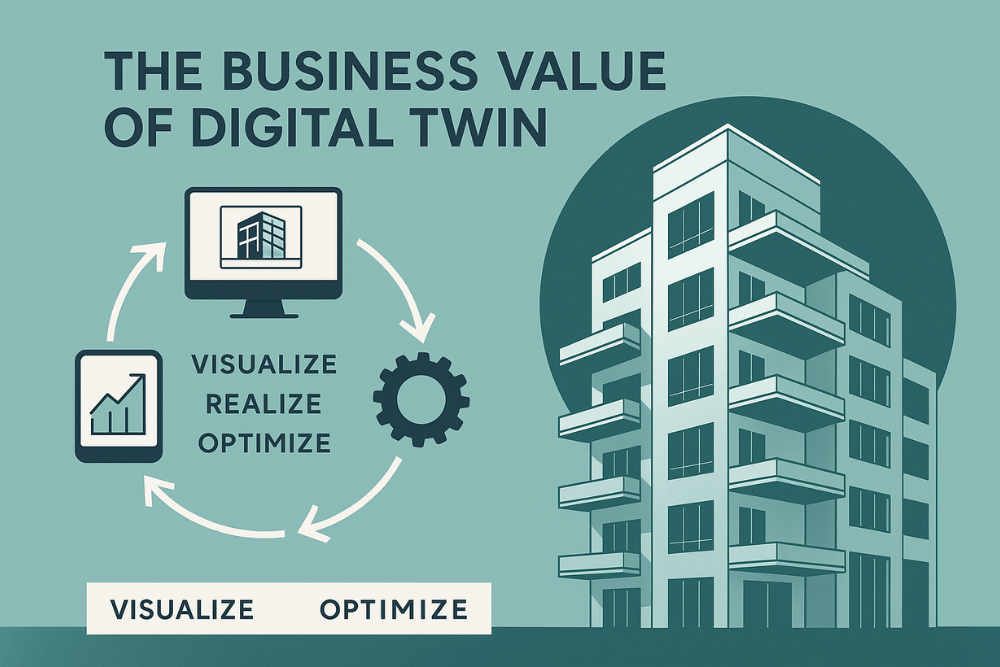
Beyond visibility and control, digital twin technologies empower building owners to:
- Predict equipment failures (predictive maintenance)
- Run simulations of usage scenarios or emergency events
- Improve space utilization and facility planning
- Reduce energy waste and improve sustainability
This results in:
- Fewer unexpected disruptions
- Lower operating costs
- Better compute performance through edge intelligence
- Enhanced user experience and tenant satisfaction
What Is the ROI of Digital Twins?
Companies implementing digital twin technologies often see tangible return on investment within months. Typical results include:
- Up to 20% reduction in energy costs through optimized HVAC and lighting
- 15–30% fewer unplanned downtimes via predictive maintenance
- 40% faster ESG reporting cycles thanks to unified data pipelines
- More efficient space planning, leading to lower lease costs and higher utilization
These financial and operational gains justify the investment and underline the growing importance of digital twins in real estate and building operations.
Business Value of Digital Twins: At a Glance
| Benefit Area | Business Value Delivered |
| Operational Efficiency | Reduced downtime, smarter resource planning |
| Cost Optimization | Lower energy bills, better space utilization |
| Sustainability | Real-time tracking of emissions and regulatory compliance |
| Data Transparency | Unified view of all building systems and devices |
| Decision-Making | Scenario simulation and outcome forecasting |
| Remote Collaboration | Global access for teams to interact with digital infrastructure |
| Lifecycle Management | Support across planning, construction, operation & renovation |
How dTwin by Nemetschek Creates Business Value
dTwin connects all relevant sources — BIM, sensor data, scans, and systems — into a single platform. Unlike fragmented tools, dTwin:
- Supports simulation of building behavior
- Delivers real-time environmental insights
- Enables users to use digital models to make better decisions
- Integrates across manufacturing processes, design, and facility management
- Is built for the entire lifecycle of a building
Our Conclusion
Digital twins are not just a technological upgrade — they are a business-critical tool for the building industry. They bring clarity to complex systems, unlock hidden insights, and drive measurable improvements in cost, efficiency, and sustainability.
In an industry under pressure to modernize and comply, the business value of digital twin technology is clear: smarter buildings, better decisions, and real results.


